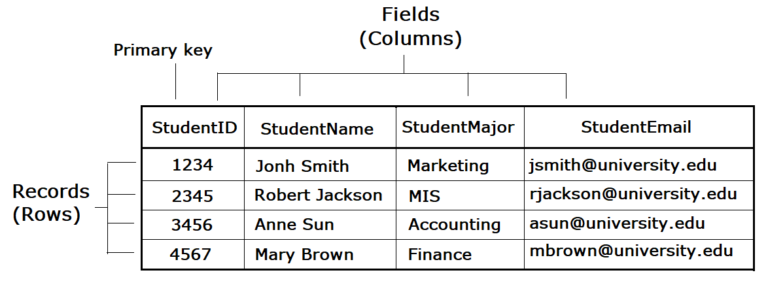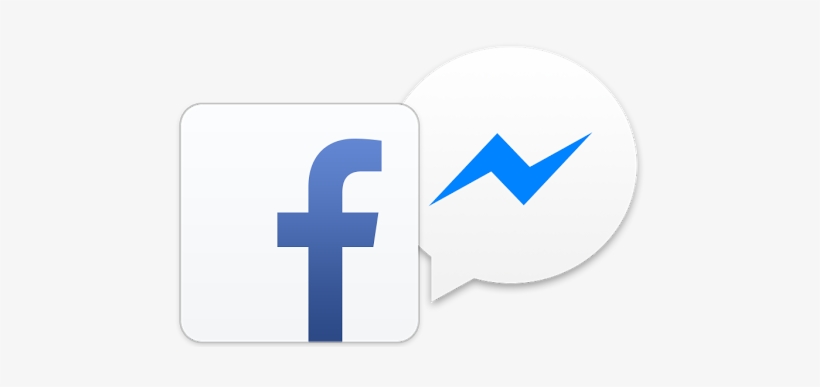Ad.doubleclick.net is a potentially dangerous marketing service that is closely related to adware program that displays pop-up ads on user's browser.
Also known as Doubleclick.net , this service is used for advertising purposes and is known to redirect people to suspicious third-party domains against their will.
Most Ad.doubleclick.net advertisements feature professional design and attractive content which, once clicked, redirect their victims to irrelevant third party sites promoting third party software, software updates, useless products, etc.
According to most malware researchers, it can affect most of the browsers which include popular browsers like Mozilla Firefox, Internet Explorer, Google Chrome, Opera and Microsoft Edge. Also, this malware will change your homepage, change your favorite search engine and flood you with ads all the time.
What is doubleclick.net?
Ad.doubleclick.net is usually a browser extension that enters the user's computer without their consent. It comes bundled with additional free applications that affect your system performance and degrade it over time.Once doubleclick.net enters your system, it starts displaying the advertising content of different content. According to the developers, Ad.doubleclick.net helps the user to find the best deals from popular sites like Amazon and others.
However, the fact is that these offers are fake and it is not about Ad.doubleclick.net helper or potentially unwanted software. This adware can also analyze your browsing and collect your personal data.
Some data is reportedly transferred to third parties without user consent. That is why it is essential that you remove Ad.doubleclick.net immediately if you find it on your PC.
How does doubleclick.net get on your PC?
Although most people think that Ad.doubleclick.net is a virus, the fact is that this program is not a virus and can be classified as potentially unwanted software . This type of malware arrives on your computer with additional free programs.It usually comes without the user's knowledge. Therefore, many users are not even aware that their computer has been compromised by malware.
These mostly get into the PC when the user rushes during the installation of the programs . Therefore, it is best to always follow the installation process, read the user agreement and select only the "Advanced" installation type. Do not opt for the installation of suspicious applications and do not rush to press the "Next" button.
Also, you can always read reviews about an application before installing it on your computer. If doubleclick.net has already entered the PC, you should get rid of this program immediately. To do this, use our step-by-step instructions listed below.
How to remove doubleclick.net
To completely remove this malicious adware you need to do it in two ways:
1. Remove Ad.doubleclick.net from Control Panel
One of the steps you must follow is to eliminate all presence of programs associated with this extension through your control panel:
Windows Xp:
- Click Start .
- Go to Control Panel .
- Then click Add/Remove Programs .
- Search for Ad.doubleclick.net.
- Click Uninstall .
Windows 7 / Windows Vista:
- Click Start .
- Then Control Panel .
- Click Uninstall a program .
- Search for doubleclick.net and click Uninstall .
Windows 8 / Windows 8.1:
- Open the menu .
- Click Search .
- After that, click on Apps .
- Then Control Panel .
- Then, like in Windows 7, click Uninstall a program under Programs.
- Search for Ad.doubleclick.net, select it and click Uninstall .
Windows 10:
- Click the Start button (or press the Windows key) to open the Start menu, click Settings at the top.
- Click App & Features in the menu on the left.
- On the right side, find doubleclick.net and click it, then click the Uninstall button .
- Click Uninstall to confirm.
Mac OS X:
- Click the Go button at the top left of the screen.
- Select Apps .
- Wait until you see the Applications folder and look for Ad.doubleclick.net or any other suspicious programs in it.
- Click on each of those entries and select Move to Trash .
2. Remove Ad.doubleclick.net from browsers
This is primarily a browser extension, so it is important that you remove it from your browser by following these steps:
Google Chrome:
- Open Google Chrome
- Press Alt + F .
- Click Tools .
- Choose Extensions .
- Search for Ad.doubleclick.net.
- Click the trash can icon to remove it.
MozillaFirefox:
- Open Firefox.
- Press Shift + Ctrl + A .
- Choose Ad.doubleclick.net.
- Click the Deactivate or Delete button .
Internet Explorer:
- Open Internet Explorer.
- Press Alt + T .
- Click Manage add-ons .
- Select Toolbars and Extensions .
- Click Disable Ad.doubleclick.net .
- Click the More Info link in the bottom left corner.
- Now click on the Delete button .
Microsoft Edge:
- Launch the Microsoft Edge app and click More (three dots in the top right corner of the screen).
- Click Settings to open more options.
- Now click on the Choose what to clear button under the Clear browsing data option .
- Select everything you want to delete and click Delete .
- Now right-click on the Start button (Windows logo). Here, select Task Manager.
- When you're on the Processes tab , look for Microsoft Edge.
- Right-click on it and choose the Go to details option . If you don't see the Go to details option, click More details and repeat the steps above.
- When the Details tab appears, look for all entries with the name Microsoft Edge.
- Right-click on each of them and select End Task to end these entries.
Safari:
- Open the Safari web browser and click Safari in the menu at the top left of the screen.
- Select Preferences .
- Select Extensions and look for doubleclick.net or other suspicious entries.
- Click the Uninstall button to get rid of each of them.
- Open the Safari browser and click on Safari in the menu section at the top left of the screen.
- Here, select Reset Safari .
- You will now see a detailed dialog window full of reset options.
- All of those options are usually checked, but you can specify which one you want to reset.
- Click Reset button to check Ad.doubleclick.net removal process.
Opera:
- open Opera
- Now select Customize and control Opera .
- Go to Extensions .
- Choose doubleclick.net and press the " Remove from Opera " button.
How to prevent it from entering your system?
Doubleclick.net, like many potentially unwanted programs, needs a sneaky infiltration method. The best known method is "bundling". It is the most exploitable method due to its effectiveness. Many users install free or shared software by clicking the "Next" buttons, without reading the installation text.
To prevent installation of malware, pay attention to each step of the installation process. Choose advanced and custom configuration settings , so you can disable installation of malware (uncheck the checkboxes with additional software).
Conclusion
As we have already established, Doubleclick.net is an extension that bombards us with annoying advertisements while browsing the Internet. However, the most serious thing is not that, but rather that these ads can end up being a threat to our security and privacy.
This is why we urge you to remove this service if it has been installed on your system to keep your private information safe. In addition to this, we recommend that you keep an antivirus or antimalware program active to help you recognize potential dangers to your system.
The above content published at Collaborative Research Group is for informational purposes only and has been developed by referring to reliable sources and recommendations from experts. We do not have any contact with official entities nor do we intend to replace the information that they emit.
Luke is passionate about fostering student involvement and connection. He studied psychology for his major and likes learning about the past. Luke aims to specialize in artificial intelligence and cybersecurity. .
Leave a reply
Your email address will not be published. Required fields are marked *Recent post

Does Instagram Notify When You Screenshot a Post of Someone?

Difference Between Field And Record In Database

The difference between rows and columns in Excel

